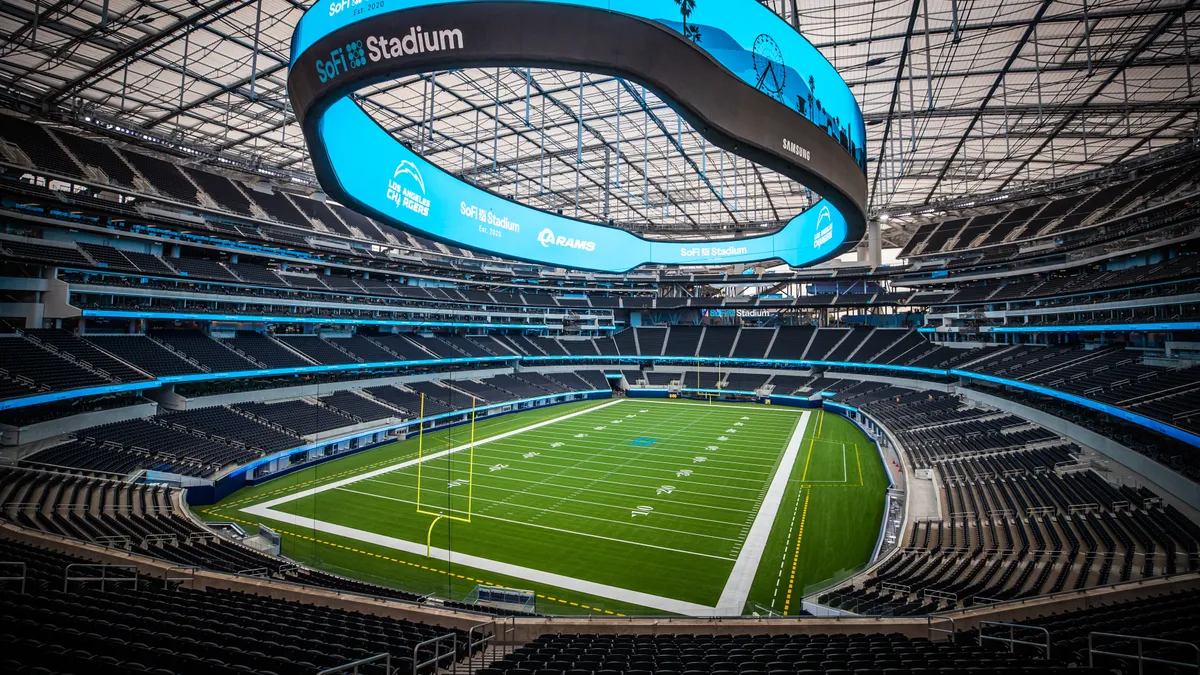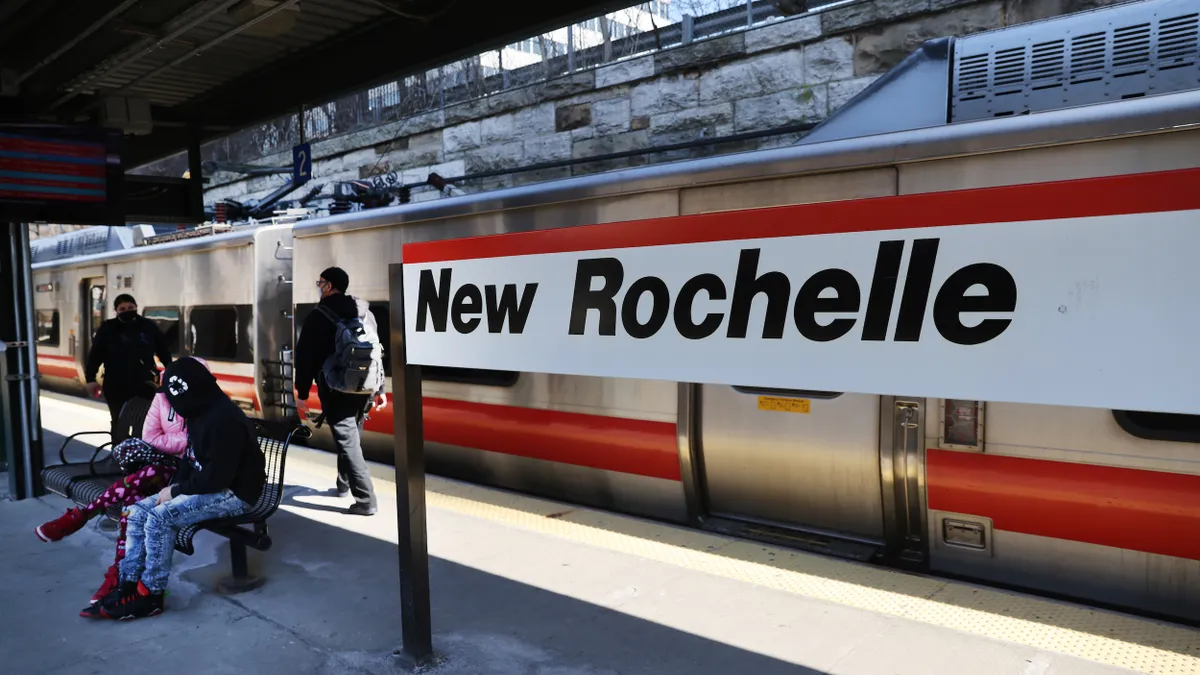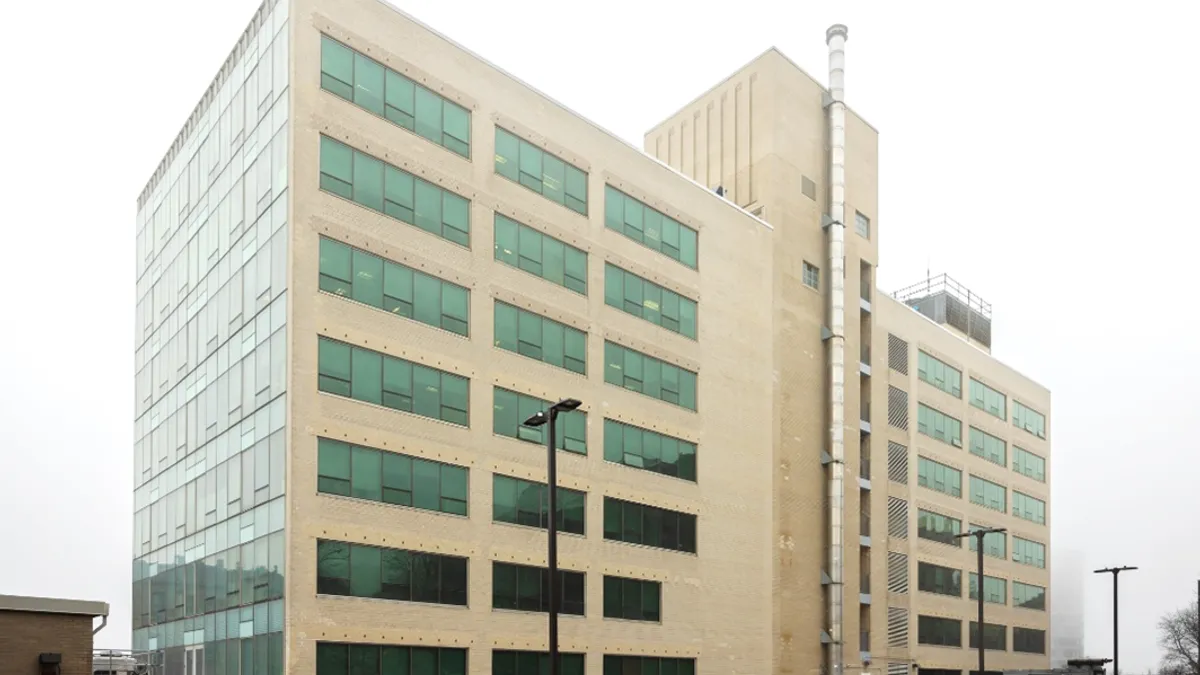Local officials in Tennessee, Illinois, New York, and Virginia are offering up hundreds of millions of dollars in subsidies to the National Football League’s Tennessee Titans, Chicago Bears, Buffalo Bills and Washington Commanders, respectively, to entice them to construct new football stadiums. Supporters of these and similar plans say the stadiums will bring in construction jobs and game day employment, as well as nearby economic development and community revitalization.
Yet in an analysis published earlier this year, researchers from Kennesaw State University, University of Maryland, Baltimore County and West Virginia University found that over a 30-year period, the local economic development from sports teams and venues didn’t offset the public investment provided to build them. That’s because most spending at stadiums is done by local residents, using the money they would have spent at other nearby businesses, the researchers said.
“The observed spending on tickets, concessions, etc., is not stimulated new spending, it's reallocated existing spending,” said J.C. Bradbury, an economics professor at Kennesaw State University and the study’s first author. “This applies to all stadiums and arenas of any sport.”
The deals keep coming, economists say, due in part to the fact that the hidden costs and long-term financial commitments generally outlast the tenures of local officials that agree to these deals. And, simply put, because people love the home team.
“Sports occupy a much bigger space in our lives than their financial footprints would dictate,” said Michael Leeds, a sports economist and professor at Temple University. “That makes things difficult for a politician — you don't want to be the mayor who lost Team X.”
In March, New York state and Erie County officials agreed to cover $850 million to help the Buffalo Bills build a new, $1.4 billion stadium in western New York. Fans have said keeping the Bills in town is worth the price tag, but activists in Erie County, which includes Buffalo, want more transparency around the negotiation process for the deal’s community benefits agreement, which will outline how the Bills will give back to the region. The details of the agreement are still being negotiated.
The 716 Play Fair Coalition, consisting of more than 60 organizations, is calling for the team to invest $500 million over 30 years to fund local affordable housing, public transit, health equity efforts and more.
“When we think about the level of public investment that went into this project, that could have been money [that went] directly into youth programs,” said Franchelle Parker, executive director of Open Buffalo, a regional social justice organization. “That could have been direct support to the communities that are hurting all across western New York. So we're not saying that [the Bills] don't deserve the support, but we also deserve the support.”
Erie County Executive Mark Poloncarz declined to answer Smart Cities Dive’s questions about the community benefits agreement, including how it considers underserved communities and how local officials weigh economic factors and less-tangible benefits like community pride during negotiations with the Bills.
The Chicago Bears are eyeing the suburb of Arlington Heights, Illinois, for their new stadium. If they go through with the plan, the Bears said they won’t ask for public funding for “direct stadium structure construction” but could seek money for other mixed-use development tied to the project given its “broad, long-term public benefits,” including an estimated 48,000 jobs during construction and 9,750 long-term jobs.
The deal sparked local controversy, with some local residents signing a petition calling for an “anti-corporate welfare” ordinance billed as an effort to prevent local taxpayer funding for the Bears’ stadium. Local officials asserted that the proposed ordinance, as written, could end existing incentive programs for local businesses and residents, however — an assertion the petitioners disputed. The village board voted down the proposal.
Arlington Heights Village Manager Randy Recklaus told Smart Cities Dive that talks with the Bears are still in early stages, and that the municipality has hired a consultant to study the potential economic, traffic and other effects that a new stadium would have on the area.
“We are also looking forward to hearing from our residents and business community on any proposal so we can ensure that we are making the best decisions possible,” Recklaus said.
Cities that went ahead with stadium deals in recent years — including for the Los Angeles Rams and Chargers in the LA suburb of Inglewood, California; the Las Vegas Raiders in Paradise, Nevada; and Falcons in the Atlanta area — used a variety of incentives and financing mechanisms. The $1.6 billion Mercedes-Benz Stadium, which opened in Atlanta in 2017, was underwritten by $200 million in local bonds backed by a hotel-motel tax. Over 30 years, the tax will generate hundreds of millions more to cover operational and maintenance costs. Such taxes are often viewed more favorably by community members as they’re more likely to affect visitors, not residents.
While the new stadium is credited with drawing the Super Bowl to Atlanta in 2019 — and the tourist money that came with it — some residents are still opposed to the Falcons’ new home. Last year, the Georgia Supreme Court ruled that the stadium is exempt from property taxes after a group of taxpayers had challenged that status in court, and in 2015 it dismissed a similar taxpayer challenge to the bonds.
“Stadium subsidies should always be put to a referendum,” Bradbury said. “Most stadium deals are rushed through municipal councils with no time for public input, using self-imposed deadlines as a ruse to accelerate the process.”
Leeds said cities that are now weighing stadium deals should consider their broader costs, which may not be clear up front, and communicate them clearly to taxpayers who will ultimately foot the bill because, frequently, “a lot of the bill is lost in the fine print.”
Those details are key for the new stadiums’ neighborhoods, too. In Inglewood, the rush of economic development has threatened to displace longtime Black residents, according to reporting by the Los Angeles Times, while the Bills proposal could displace 3,000 people.
In Buffalo, Parker said community leaders have an imperative to target resources to historically underserved neighborhoods, noting that a mass shooting in May “exposed the amount of poverty and hurt and disinvestment in our community.”
“The Bills are a part of this community,” Parker said, but “we can't go back to the typical way of how resources are distributed and allocated in this community.”



















